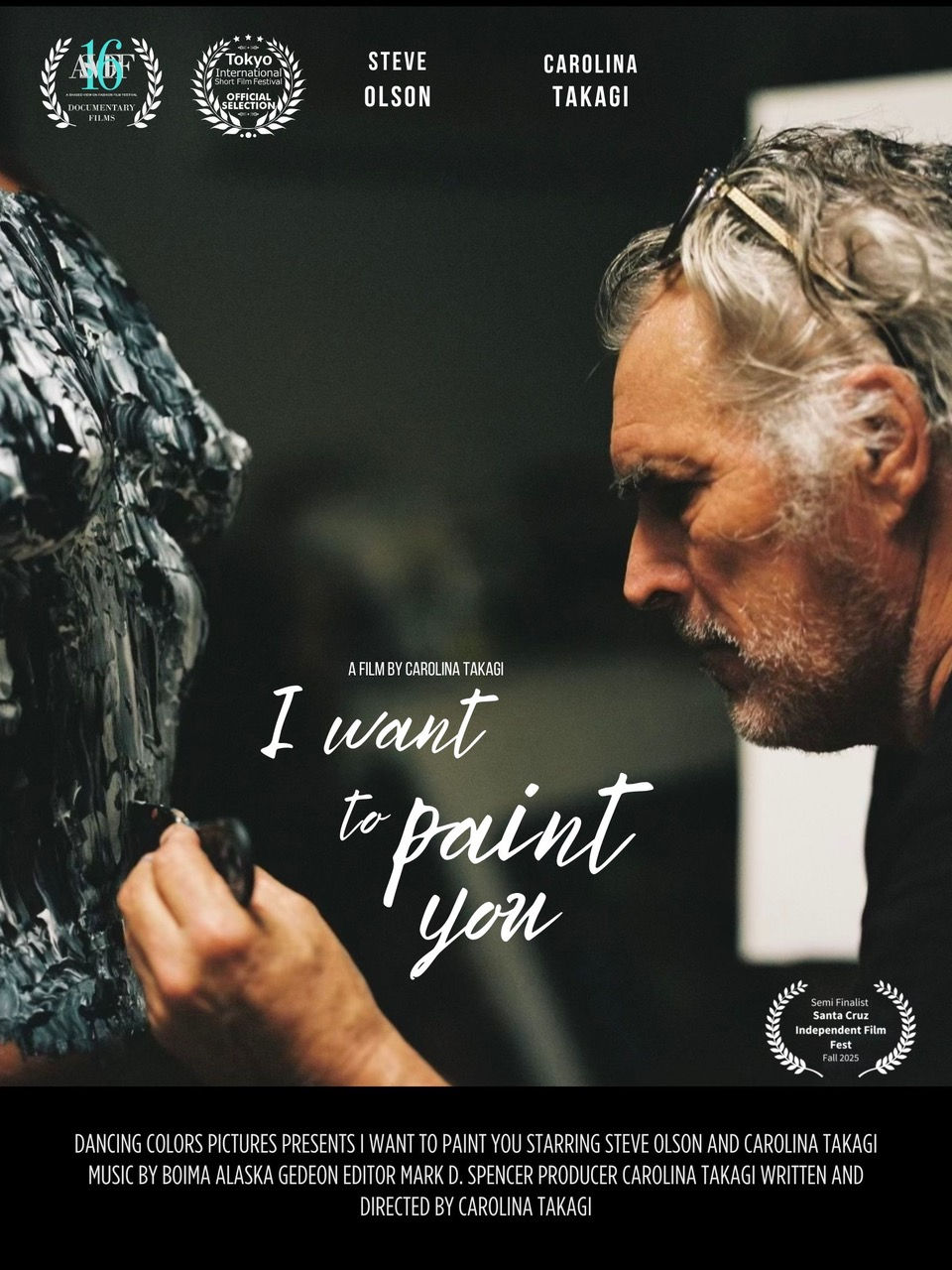Radiance: An Interview with Jonathan Fitas
- Tokyo Cine Mag

- May 6
- 3 min read
Can you tell us about the projects you worked on before composing ‘Radiance’? How did your musical path begin, and what led you to composing for visuals?
Before Radiance, I worked on a variety of musical projects, both personal and commissioned. My first EP Beyond the Loop (Naïve, 2021) was a turning point — a deeply introspective work mixing neoclassical elements, electronic textures and sound design. It opened the door to new immersive exhibitions such as New Land and Horizon in Montréal. I started out playing violin at the conservatory, but moved into composition later, driven by a fascination with harmony and sound textures. What drew me to composing for visual works was the possibility of emotional resonance — of creating a deeper dialogue between images and sound. Over the years, I’ve collaborated with brands like Hugo Boss, ASICS, Sisley, Withings and I’ve built a language that sits between music, emotion and visual storytelling. Théo Gottlieb, the director of the music video was a long time collaborator and friend and I often contributed to his works were it be for commercial or more personal projects. This was the occasion to built a film around the music.

Tell us about ‘Radiance’. How do you describe it?
Radiance is a piece that explores dance as a metaphor for transformation and vulnerability. It’s built on an evolving structure, starting with minimal piano lines that slowly expand into lush layers of strings and synths. I collaborated with director Théo Gottlieb for the music video which was shot between a dance studio in Paris and the forests near my home in Normandy. The idea was to embody an inner radiance that breaks through melancholy — something quiet but resilient. It’s also part of a broader cycle: my upcoming EP Leap of Faith, which delves into the courage it takes to evolve, even when the outcome is uncertain.
Please tell us about your favorite filmmakers.
I think one of the works that got me into wanting to be a composer for A/V was the Nolan/ Zimmer collaboration. When music sits not only as a mean to convey emotion but is made into a sensory experience, that’s what I loved about it. Hans Zimmer always make me want to go back into the music studio.
If you were given a good budget, what would be your ideal project?
My path as a composer has been a pretty lonely road. I meet with directors often, but musically speaking, I think I miss working with musicians. I think this would be my goal if I was given a comfortable budget (and time!), going for A/V live performance including musicians.
Describe how you would ensure that production is on schedule. What steps would you take?
Is a production ever on schedule? Good things take time and I would not worry too much about schedule for a creative work. I’ve learned in my commercial careers that usually schedule are completely artificially made and do not really relate to any real needs. I’ve worked on an intense production schedule for commercial that would air 2 years after delivery which makes ridiculous intense effort on everyone for (usually) no viable reason. Taking some time is fine. We’re not here to cure any deadly diseases.
What was the hardest part of making ‘Radiance’.
It was the first time I would produced a music video on top of being the composer of the track. It skyrocketed my anxiety for a while but we also approached the project as an hybrid production, trying to find solutions within our reach to lower the budget to what’s really needed. It was a great approach to making film, a light team allowing us to go for spontaneous ideas.
If possible, tell us about your next work. What plans do you have for your future work?
I’ve been scoring a new series for Arte directed by Roman Hill and is to be aired soon. A soundtrack should be released as well for this work. On other plans, I which to produce a new immersive installation and a new album. That would be a nice goal for 2026.



Comments